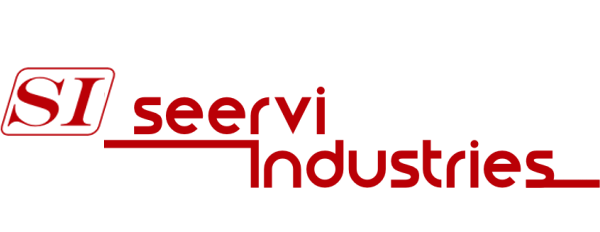This website uses cookies so that we can provide you with the best user experience possible. Cookie information is stored in your browser and performs functions such as recognising you when you return to our website and helping our team to understand which sections of the website you find most interesting and useful.

Extruded Rubber Profiles

Extruded rubber profiles are manufactured by forcing uncured rubber through a die of a specific shape under pressure and heat. Here are the key details about extruded rubber profiles:
Material Selection:
Rubber compounds vary based on the application requirements such as temperature resistance, chemical resistance, hardness, and flexibility.
Common rubber materials include EPDM, silicone, neoprene, nitrile, and natural rubber.
Extrusion Process:
The process involves feeding uncured rubber material into an extruder, where it’s heated and mixed.
The rubber compound is forced through a die that shapes it into the desired profile.
Cooling and curing processes follow to solidify the rubber into its final form.
Die Design:
Dies are custom-designed to produce specific profiles, including seals, gaskets, tubing, and strips.
Die design influences the final shape, dimensions, and tolerances of the extruded profile.
Tolerances and Precision:
Extruded rubber profiles can achieve tight tolerances, depending on the complexity of the design and the capabilities of the manufacturing process.
Precision is crucial for ensuring proper fit and functionality in various applications.
Applications:
Extruded rubber profiles find applications across industries, including automotive, aerospace, construction, electronics, and medical.
Common uses include sealing, insulation, vibration damping, cushioning, and protection.
Properties and Performance:
Rubber profiles exhibit excellent resilience, elasticity, and durability.
They offer resistance to abrasion, weathering, chemicals, and extreme temperatures.
Performance characteristics can be tailored through material selection and compound formulation.
Customization and Secondary Operations:
Extruded rubber profiles can be customized in terms of color, hardness, texture, and surface finish.
Secondary operations such as cutting, splicing, bonding, and flocking may be applied to meet specific requirements.
Quality Control:
Quality control measures ensure that extruded rubber profiles meet industry standards and customer specifications.
Testing methods include dimensional inspection, hardness testing, visual inspection, and performance testing.
Cost Considerations:
Costs of extruded rubber profiles depend on factors like material selection, complexity of design, volume, and manufacturing processes.
Economies of scale can often reduce per-unit costs for larger production runs.
Environmental Considerations:
Many rubber materials are recyclable and environmentally friendly.
Manufacturers may offer sustainable options or use recycled rubber in their processes to reduce environmental impact.
In summary, extruded rubber profiles are versatile components used in a wide range of applications, offering durability, flexibility, and customization options to meet diverse industrial needs.

